CCTV announces new strategy for island capture: drone swarm leading the way
CCTV announces new strategy for island capture: drone swarm leading the way
The following article is sourced from military black technology
On July 27th, CCTV released a micro documentary titled "Crossing the Sea and Landing on 119 Heights", revealing a new tactic of the People's Liberation Army's cross sea island capture. Before the amphibious armored group crosses the sea to attack, a swarm of drones will be the vanguard.
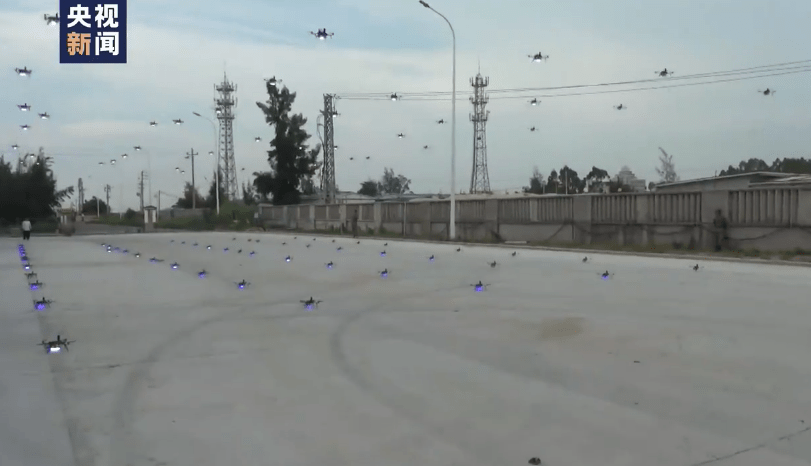
CCTV recorded the exercise scene of the department. As soon as the exercise started, a group of frogmen took advantage of the darkness to infiltrate the "enemy" island and began collecting various intelligence information. With the help of the dense forest environment, they penetrated inward and a single soldier hand thrown drone slid into the sky, firing the "first shot" of the operation.
At the same time, an astonishing number of rotary wing drones took off together from behind, forming a swarm of drones that pounced towards the combat area.
With the foundation laid by the swarm of drones, the following dozen or so Type 05 amphibious vehicles quickly rushed to the beachhead. All branches of the army closely cooperated to break through the "enemy" fortifications, quickly occupied the exercise target of Hill 119, and successfully completed the mission, effectively testing the amphibious composite unit's ability to cross the sea and land for combat.
The new tactic of using drone swarms to attack before large-scale cross sea island raids has been exposed for the first time, but since the video does not specify the actual purpose of the swarms, it is impossible to determine whether they are used for reconnaissance or interference.

Drone swarm warfare, with unpredictable offensive power, has become a high-tech new combat method of concern for countries in recent years.
In January 2017, three US F/A-18 Super Hornet fighter jets successfully released 103 "Perdicks" micro drones during testing in California, marking significant progress in the development of the US micro drone attack system codenamed "Swarm".
The US Navy conducted experiments on intercepting swarms of drones using Burke class destroyers equipped with Aegis systems and found that only dense array close in defense systems and heavy machine guns could effectively intercept them.
But when attacking and intercepting a swarm of 8 drones, an average of 2.8 drones were able to avoid the interception system. Even after upgrading with better sensors, more machine guns, and dense array systems, there is still at least one aircraft that can avoid interception.
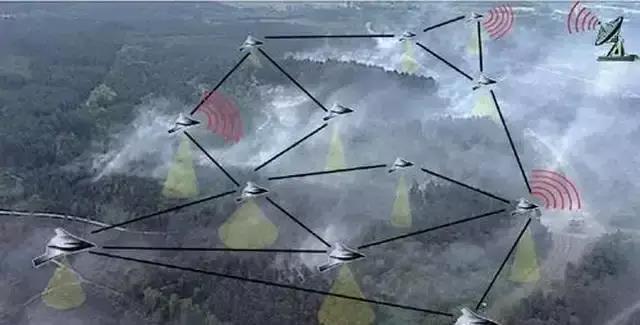
The swarm drone has a small payload capacity and is more suitable for striking "soft" targets on land or at sea with air defense and anti missile protection, or without solid shelter protection; If used in conjunction with a small number of powerful patrol missiles, it can pose a very serious threat to key targets that are tightly protected and sturdy.
If the swarm drone is equipped with electromagnetic interference devices or directed energy weapons, it can have a certain interception capability and can also act as a false target or bait to interfere, making it very suitable for dealing with saturated missile attacks, quickly consuming enemy interception weapons, and having good defense effects.
China is at the forefront of military drones and drone swarms in the world.
In 2016, China's first fixed wing drone swarm flight test broke the previous record of 50 fixed wing drone swarm aircraft held by the US Navy with a total of 67 aircraft.
Last September, the Electronic Science Research Institute under China Electronics Technology Group Corporation launched a group of suicide drones (patrol missiles) from a box shaped tube launcher array of a Mengshisan, as shown in the following picture.
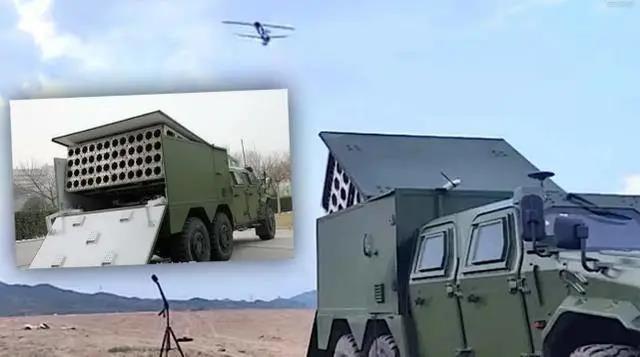
As early as June 2017, the company conducted a record breaking unmanned aerial vehicle (UAV) fleet experiment involving nearly 120 small fixed wing UAVs, and four months later, conducted a large-scale experiment with 200 fixed wing UAVs.
The People's Liberation Army Daily pointed out in an article on September 15th last year that with the continuous development of the concept and technology of "swarm" combat, drone "swarm" combat is evolving at an astonishing speed. Overall, the drone swarm has many advantages such as good stealth performance, multiple functional modules, and short warning time.
At the beginning of this year, CCTV's "National Defense Military Morning Post" reported on the drone "swarm" tactics of a certain unit in the Eastern Theater Command: multiple small drones were launched into the air to form a "swarm", forming a three-dimensional reconnaissance formation and conducting all-round and blind spot aerial reconnaissance of the designated combat area.
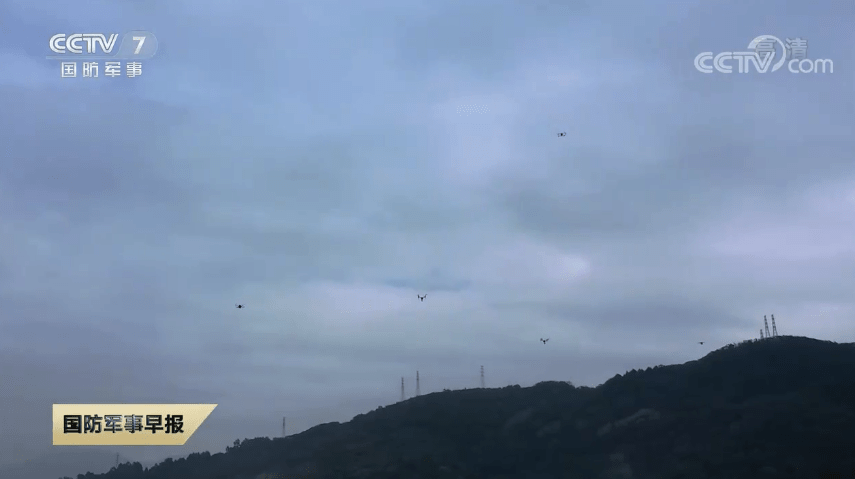
The drone swarm has already been deployed in Israel for the first time, and Israel plans to establish an artificial intelligence drone swarm company in each brigade.
In this year's conflict between Israel and Hamas, a swarm of drones guided by artificial intelligence systems destroyed dozens of targets near the border. Resulting in the failure of Hamas' roadside bombs, anti tank missile ambushes, and sniper tactics.
Israel's swarm drones use Raytheon's micro multi rotor drones. This micro drone can fly at an altitude of 3600 meters, with a range of 75 minutes, a combat radius of 10 kilometers, and can carry 3 kilograms of ammunition.
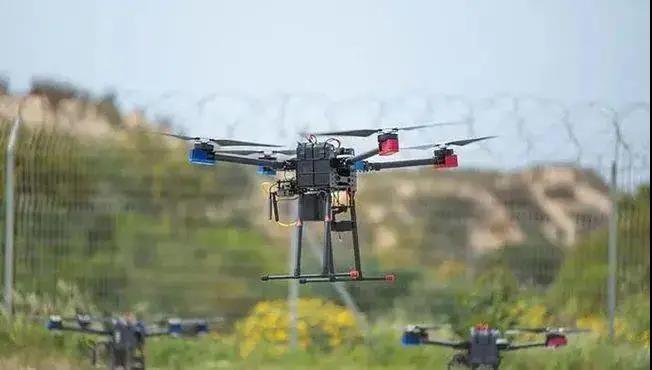
The People's Liberation Army is equipped with 2-kilogram unmanned aerial vehicles such as KVB206 ultra close range unmanned aerial vehicle and CH-902 ultra close range unmanned aerial vehicle, which are commonly used in various special operations forces and composite reconnaissance units.
The CCTV program "Weapon Overview" once revealed the approximate performance of the KVB206 ultra close range unmanned aerial vehicle: it weighs 2.2 kilograms, has a total length of 1037 millimeters, a wingspan of 1288 millimeters, a height of 281 millimeters, a reconnaissance radius of 10 kilometers, is equipped with infrared cameras, and has a single combat time of 1 hour. Even in the face of severe weather conditions such as level 7 winds, the aircraft was able to take off smoothly for combat.
So, is there a way to crack the swarm drone? The US military has conducted extensive research, reportedly in response to the threat posed by Chinese drones.
The United States believes that existing high-tech air defense systems can first be used to resist swarms of drones. For example, the US Embassy in Iraq once used the C-RAM (anti rocket, artillery, and mortar) air defense system to defeat drone attacks, and the system had previously shot down rockets.
In addition, the United States hopes to use land-based laser systems to counter drones. In 2019, the US military signed a $130 million contract with Lockheed Martin to develop a high-energy laser system with a power of 100 kilowatts to be installed on tactical vehicles. Compared to using missiles and shells, the agility and precision of laser weapons make them more efficient and cost-effective in combating drone attacks.

At the same time, the US Air Force is also developing an electromagnetic microwave weapon that uses highly focused energy from sound waves, lasers, or microwaves to attack drone swarms. Lockheed Martin stated that the US Air Force shot down multiple fixed wing and rotary wing drones during the test.
Laser weapons and electromagnetic microwave weapons are cutting-edge technologies of the US military, and they are still in the experimental stage. Faced with the overwhelming swarm of drones, there is no fighting force across the strait.